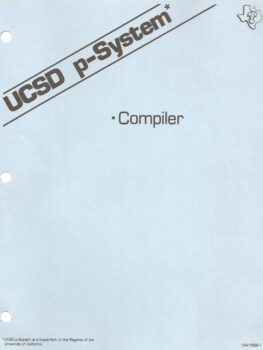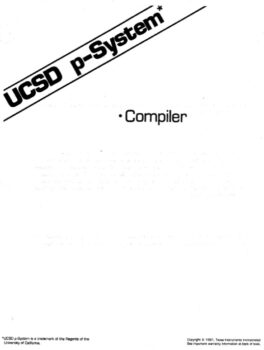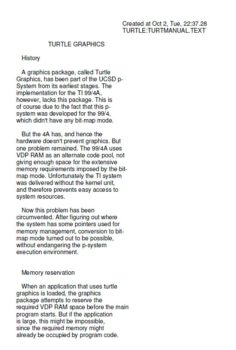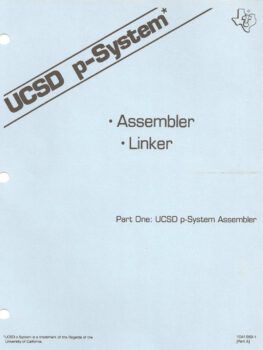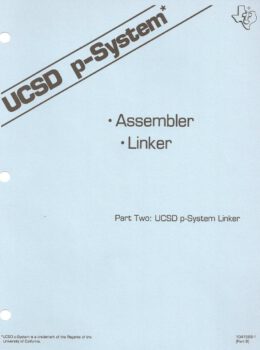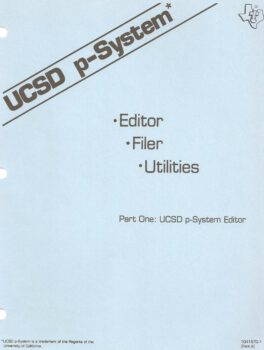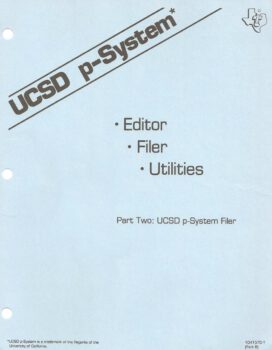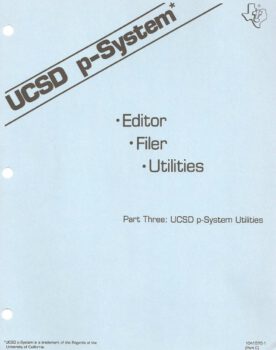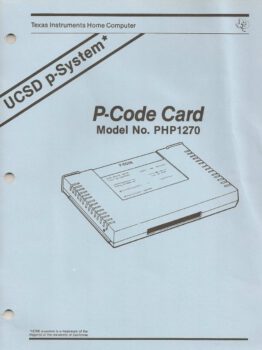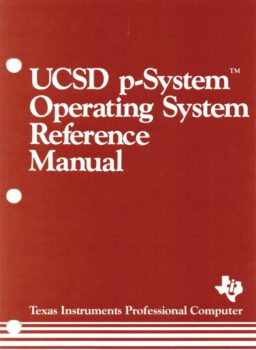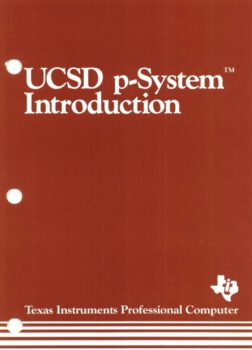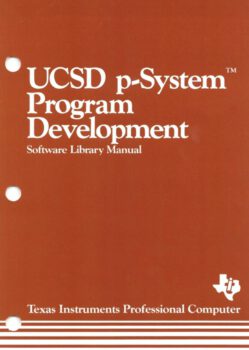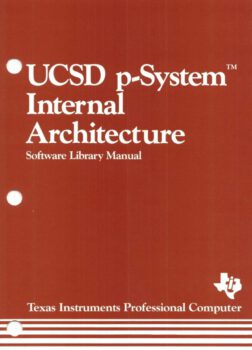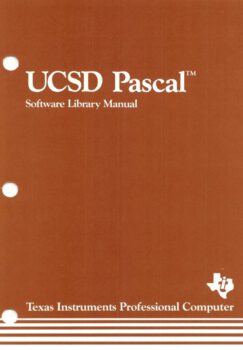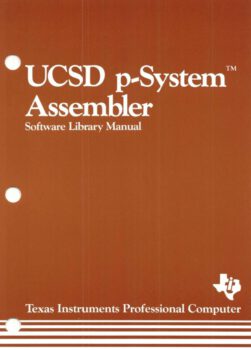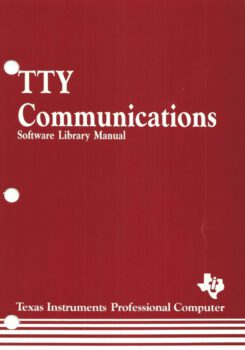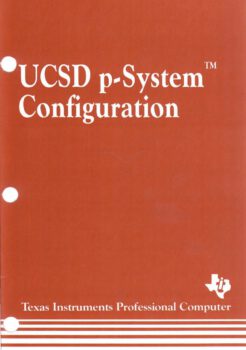On this page information on two Texas Instruments computers where UCSD p-System (IV) was available:
Texas Instruments TI-99/4A and Texas Instrument Professional Computer
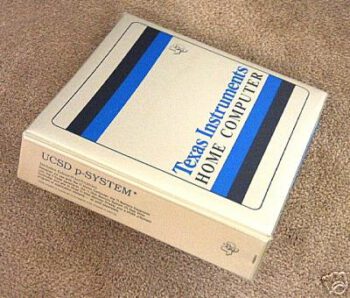
Texas Instruments TI-99/4A
The Texas Instruments TI-99/4A is a home computer released in June 1981 in the United States. It is an enhanced version of the less successful TI-99/4 which was released in late 1979.[2] The TI-99/4 and TI-99/4A are the first 16-bit home computers, using the Texas Instruments TMS9900 16-bit CPU.[3] Both models include hardware support for sprites, using TI’s own chips, and multi-channel sound, making them some of the first home computers to include such custom coprocessors.
The TI-99/4A remained mostly the same as its predecessor, with the major changes being a full-travel keyboard to replace the calculator-style keys, an improved graphics chip with support for bitmap modes, and a cleaner method of adding expansion cards. The price was also half of the original model. Texas Instruments supported the 4A with a line of peripherals, including a speech synthesizer, and a “Peripheral Expansion System” box to contain hardware add-ons. And the UCSD p-System!
User guide TI p-System
Multi tasking support
SYSMAP The p-card
Compiler disk
Assembler Linker disk
Utilities disk
Editor disk
Turtle Graphics disk
The p-card ROMs
UCSD p-System for TI-994A (5.25-SSSD) (alt disk set)
UCSD p-System for TI-994A and Manuals (5.25)
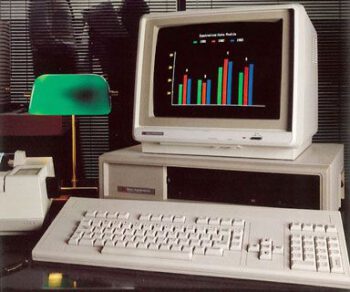
Texas Instrument Professional Computer
Intel 8088 @ 5 Mhz. 16 bits.
720 x 350 Graphic mode
80 x 25 Text mode
320 360 Kb. Optionally 5 or 10 Mb.
MS-DOS 1.25, CP/M-86, CCP/M-86, UCSD p-System.
September 1985

